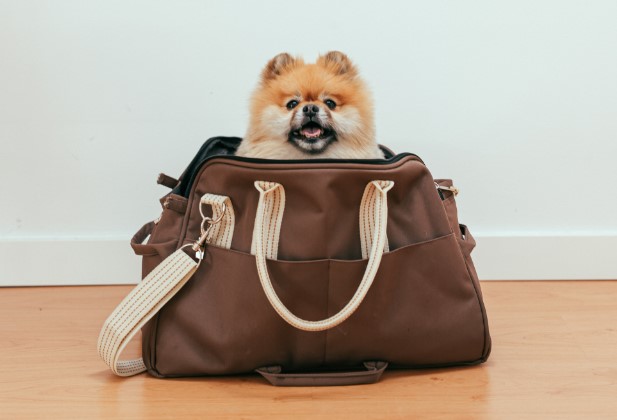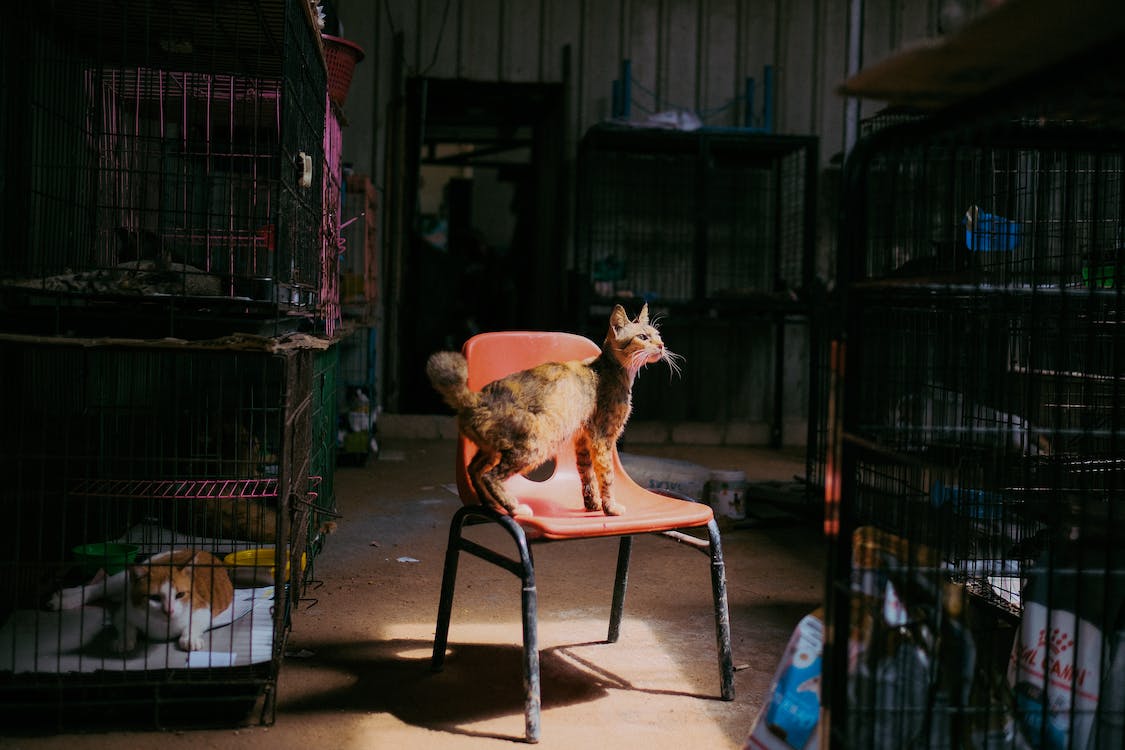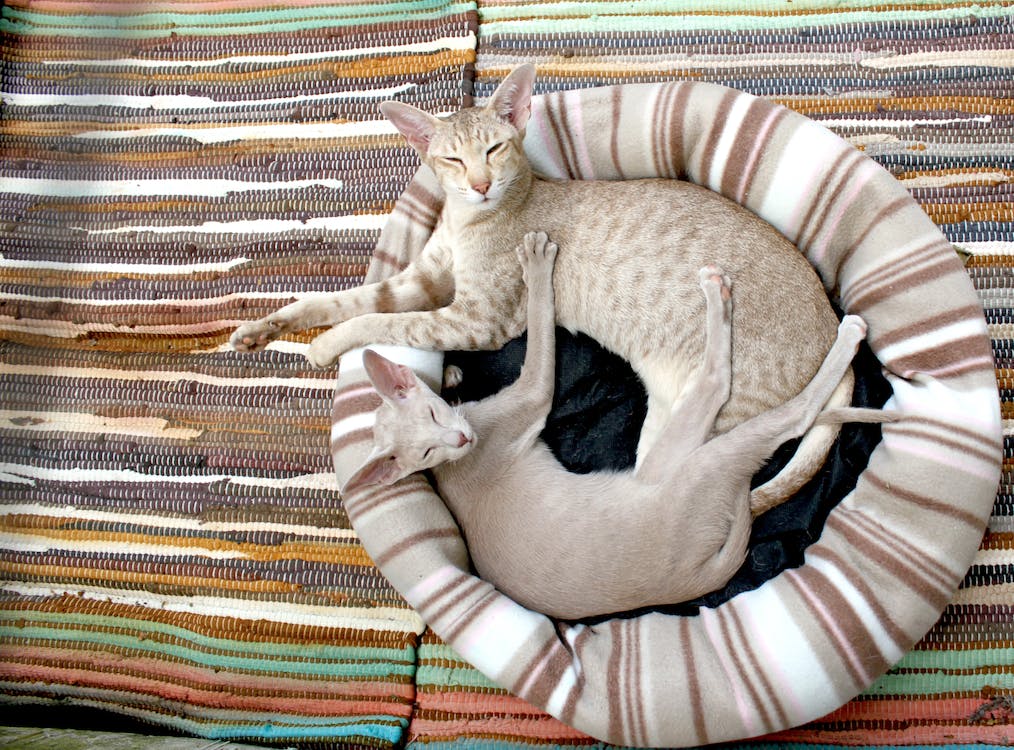
Are you tired of struggling to find the perfect bag for your beloved furry friend? Look no further! In this ultimate guide, we will walk you through the process of selecting the ideal dog bag that meets both your and your companion’s needs. Whether you’re going on a weekend getaway, embarking on a long hike, or simply running errands around town, having a reliable and comfortable dog bag is essential. We understand that every dog is unique, and their requirements may vary, which is why we have curated a comprehensive list of factors to consider when choosing a dog bag.
From size and durability to ventilation and style, we’ve got you covered. With our expert advice and extensive product recommendations, you’ll be able to make an informed decision and provide your furry companion with the perfect bag for any adventure. So, let’s dive in and find the ideal dog bag that will keep your best friend safe, comfortable, and stylish wherever you go!
The Importance of Choosing the Right Dog Bag
When it comes to choosing a dog bag, it isn’t just about style and convenience. The right dog bag can make a world of difference in terms of your dog’s comfort and safety. It provides a secure and comfortable space for your furry companion while allowing you to carry them conveniently. Whether you’re traveling, hiking, or simply going for a walk, a well-designed dog bag ensures that your dog is protected and can enjoy the experience with you. Additionally, a good dog bag can also help alleviate any anxiety or stress that your dog may experience in certain situations, such as crowded areas or unfamiliar environments.
It is important to consider your dog’s size, weight, and temperament when choosing a dog bag. Some dogs may prefer to be carried in a backpack-style bag, while others may feel more comfortable in a sling or tote bag. The right bag will not only provide a comfortable and secure space for your dog but will also allow you to carry them without straining your back or shoulders. By choosing the right dog bag, you can ensure that both you and your furry friend have a pleasant and enjoyable experience wherever you go.
Types of Dog Bags
When it comes to dog bags, there are several different types to choose from, each with its own advantages and disadvantages. Understanding the different types of dog bags will help you make an informed decision based on your specific needs and preferences.
Backpacks
Backpack-style dog bags are a popular choice for those who enjoy outdoor activities such as hiking or camping. These bags allow you to carry your dog on your back, leaving your hands free. They usually have adjustable straps and padded back panels for added comfort. Backpacks are suitable for dogs of various sizes and are designed to distribute the weight evenly, making them a comfortable option for both you and your furry friend.
Tote Bags
Tote bags are a stylish and convenient option for carrying small dogs. They resemble regular tote bags but are specially designed with an open top or mesh window to allow your dog to peek out. Tote bags are great for short trips or errands around town and provide a cosy and secure space for your dog.
Sling Bags
Sling bags are perfect for small dogs who prefer to be close to their owners at all times. These bags are worn over one shoulder and allow your dog to rest comfortably against your body. Sling bags are lightweight and easy to carry, making them an ideal choice for quick trips or walks.
Rolling Bags
If you have a larger dog or prefer not to carry the weight yourself, a rolling bag may be the right choice for you. These bags come with wheels and a telescopic handle, allowing you to pull your dog along effortlessly. Rolling bags are especially useful for older or disabled dogs who may have difficulty walking for long periods.
When choosing a dog bag, consider your dog’s size, weight, and comfort level, as well as your own preferences and lifestyle. Each type of dog bag has its own unique features and benefits, so take the time to find the one that suits you and your furry companion best.
Factors to Consider When Choosing a Dog Bag
When selecting a dog bag, there are several important factors to consider to ensure that it meets both your and your dog’s needs. By taking these factors into account, you can make an informed decision and choose a dog bag that provides comfort, safety, and convenience.
Size
The size of the dog bag is crucial to ensure that your dog has enough space to move around comfortably. Measure your dog’s height, length, and weight to determine the appropriate size of the bag. It’s important to choose a dog bag that allows your dog to stand, lie down, and turn around without feeling cramped. A bag that is too small can cause discomfort and anxiety, while a bag that is too large may not provide the necessary security and support.
Weight Capacity
Consider your dog’s weight when choosing a dog bag. Ensure that the bag is designed to carry your dog’s weight comfortably without putting strain on your back or shoulders. Most dog bags indicate their weight capacity, so make sure to check this information before making a purchase.
Durability
A durable dog bag is essential to withstand the wear and tear of regular use. Look for bags made from high-quality materials that are resistant to tearing and abrasion. Reinforced stitching and strong zippers are also important for long-lasting durability. Additionally, consider the bag’s ability to withstand weather conditions, especially if you plan to use it outdoors.
Comfort
Both you and your dog should be comfortable when using a dog bag. Look for bags that have padded shoulder straps, back panels, and a soft interior lining to provide maximum comfort for your dog. Adjustable straps and buckles allow you to customize the fit and ensure that the weight is distributed evenly. Remember to consider your own comfort as well, as you will be carrying the bag for extended periods.
Ventilation
Proper ventilation is essential to ensure that your dog stays cool and comfortable while inside the bag. Look for bags with mesh panels or windows that allow for adequate airflow. Ventilation is particularly important for dogs with thick fur or those prone to overheating. Ensure that the bag allows enough airflow without compromising security and stability.
Secure Closures
A dog bag should have secure closures to prevent your dog from escaping or accidentally falling out. Look for bags with sturdy zippers, clasps, or buckles that are easy to use but secure enough to keep your dog safely contained. Double-check the closures to ensure that they are reliable and won’t accidentally open during use.
Storage Pockets
Having additional storage pockets in your dog bag can be incredibly convenient. These pockets allow you to carry essentials such as treats, water bottles, poop bags, and even your own personal items. Look for bags with multiple compartments and pockets that are easily accessible while keeping the bag balanced and stable.
Consider these factors when choosing a dog bag, and prioritize the ones that are most important to you and your dog’s needs. Finding the right balance between comfort, durability, and functionality will ensure that you make the best choice for your furry companion.
Features to Look for in a Dog Bag
When selecting a dog bag, it’s important to look for specific features that enhance the overall functionality and usability of the bag. These features can greatly contribute to your dog’s comfort and safety, as well as your own convenience. Here are some key features to consider:
Ventilation
Proper ventilation is crucial to ensure that your dog stays cool and comfortable while inside the bag. Look for bags with mesh windows, panels, or breathable materials that allow for adequate airflow. This is especially important for dogs with thick fur or those prone to overheating. Ventilation helps prevent your dog from becoming too hot and ensures a pleasant experience for both of you.
Secure Closures
A dog bag should have secure closures to keep your dog safely contained. Look for bags with sturdy zippers, clasps, or buckles that are easy to use but provide a secure fastening. Double-check the closures to ensure that they won’t accidentally open during use, giving you peace of mind while carrying your furry friend.
Storage Pockets
Additional storage pockets in your dog bag can be incredibly useful. These pockets allow you to carry essentials such as treats, water bottles, poop bags, and even your own personal items. Look for bags with multiple compartments and pockets that are easily accessible while keeping the bag balanced and stable. Having everything you need within reach will make your adventures with your dog more convenient and enjoyable.
Comfortable Straps and Handles
The straps and handles of a dog bag should be comfortable and easy to adjust. Look for bags with padded shoulder straps and back panels to prevent discomfort and strain on your body. Adjustable straps and buckles allow you to customize the fit and ensure that the weight is distributed evenly. Some bags also have additional handles or shoulder pads for added comfort and versatility.
Removable and Washable Liners
Having a removable and washable liner in your dog bag makes cleaning and maintenance much easier. Look for bags with removable and machine-washable liners that can be easily taken out and cleaned. This feature is particularly important for dogs that shed or have accidents. Being able to keep the bag clean and fresh ensures a hygienic and odour-free environment for your dog.
Reflective Accents
If you plan to use your dog bag during low-light conditions or at night, look for bags with reflective accents. Reflective materials or strips on the bag increase visibility and ensure that you and your dog are seen by others, enhancing safety during walks or outdoor activities. This feature is especially important if you live in an area with heavy traffic or frequently walk in dimly lit areas.
Consider these features when choosing a dog bag, and prioritize the ones which are more important to you and your dog’s needs. Every feature enhances the overall functionality and usability of the bag, ensuring a comfortable and convenient experience for both of you.
Choosing the Right Material for Your Dog Bag
The material of your dog bag plays a crucial role in its durability, comfort, and overall aesthetics. There are several different materials commonly used in dog bags, each with its own advantages and considerations. Here are some popular materials to consider:
Nylon
Nylon is a common material used in dog bags due to its durability, water resistance, and lightweight properties. It is easy to clean, dries quickly, and can withstand regular use without tearing or fraying. Nylon dog bags are often more affordable compared to other materials, making them a popular choice for pet owners. However, keep in mind that nylon may not be as breathable as other materials, so ensure that the bag has adequate ventilation.
Canvas
Canvas is a sturdy and durable material that is commonly used in dog bags. It is resistant to wear and tear and provides excellent support for your dog. Canvas bags are often more breathable than nylon, allowing for better airflow and ventilation. They are also easy to clean and maintain. However, canvas bags may be heavier compared to nylon bags, so consider your own comfort when choosing this material.
Leather
Leather dog bags offer a luxurious and stylish option for pet owners. They are known for their durability, strength, and timeless appeal. Leather bags are often more expensive than nylon or canvas bags but are designed to last for years. They require regular care and maintenance to keep them looking their best. Leather bags are not as common as nylon or canvas bags but are a great choice for those who value both functionality and aesthetics.
Consider the pros and cons of each material and choose the one that best suits your needs and preferences. Keep in mind your dog’s comfort, the bag’s durability, and your own style preferences when making your decision. A well-chosen material ensures that your dog bag will withstand the test of time and provide a comfortable and stylish space for your furry companion.
Finding the Perfect Fit for Your Dog
To ensure that your dog is comfortable and secure in the bag, it’s important to find the perfect fit. Measuring your dog correctly will help you choose the appropriate size and ensure a comfortable experience for both of you. Here’s how to measure your dog for a proper fit:
Height
Measure your dog from the top of their shoulders (withers) to the ground. This measurement will help you determine the height of the bag they need. Make sure your dog is standing straight and measure from the highest point of their shoulders.
Length
Measure your dog from the base of their neck to the base of their tail. This measurement will help you determine the length of the bag they need. Make sure your dog is standing straight and measure along their spine.
Girth
Measure the circumference of your dog’s chest, just behind their front legs. This measurement will help you determine the width of the bag they need. Use a flexible measuring tape and ensure that it is snug but not too tight.
Once you have these measurements, you can refer to the manufacturer’s sizing guide or product specifications to choose the appropriate size. Keep in mind that different brands may have different sizing conventions, so it is important to double-check the measurements before making a purchase.
It is also worth considering your dog’s weight and temperament when choosing a bag. Some dogs may prefer a more compact and snug fit, while others may feel more comfortable with a bit more space. Take your dog’s preferences into account to ensure that they feel secure and relaxed in the bag.
Conclusion
Choosing the right dog bag is important for ensuring your dog stays safe and has a comfortable ride. No two dogs are the same, and every dog has their own preferences when it comes to which dog bag they prefer. Factors such as the size of your dog, the material of the dog bag, as well as ventilation also have to be considered. With the right dog bag, your companion will stay safe throughout the trip, while you will have a smooth experience without encountering any issues.

































